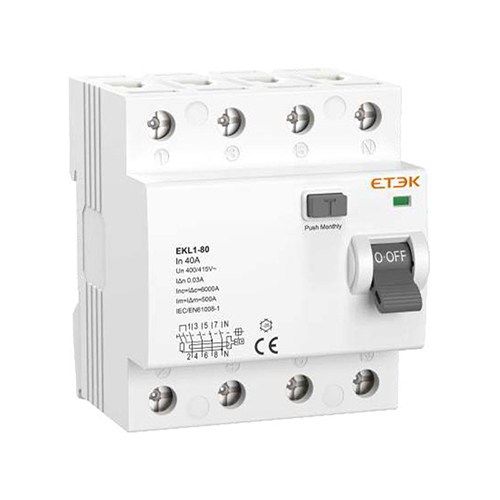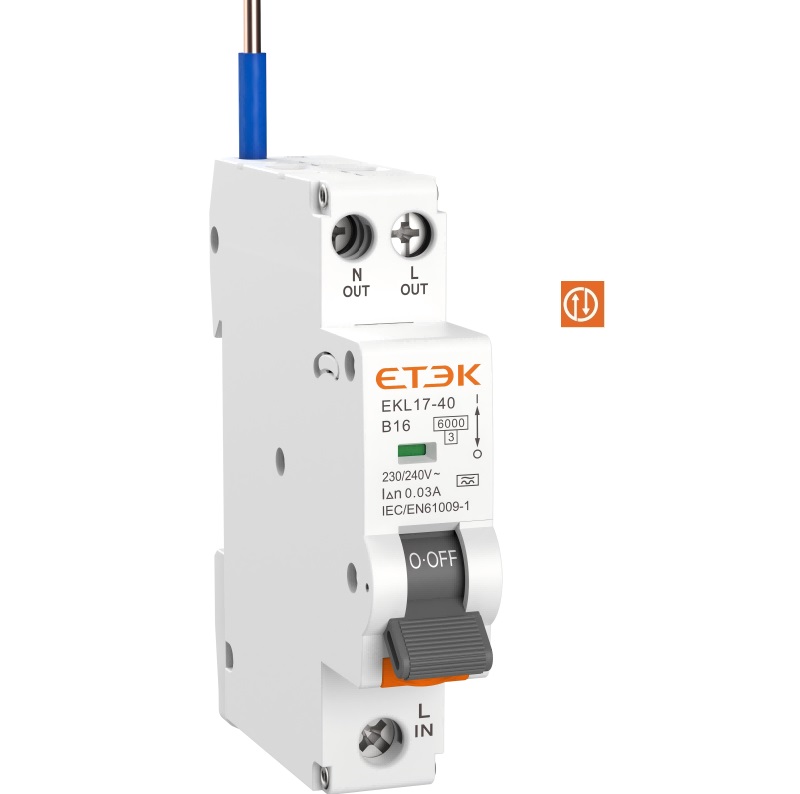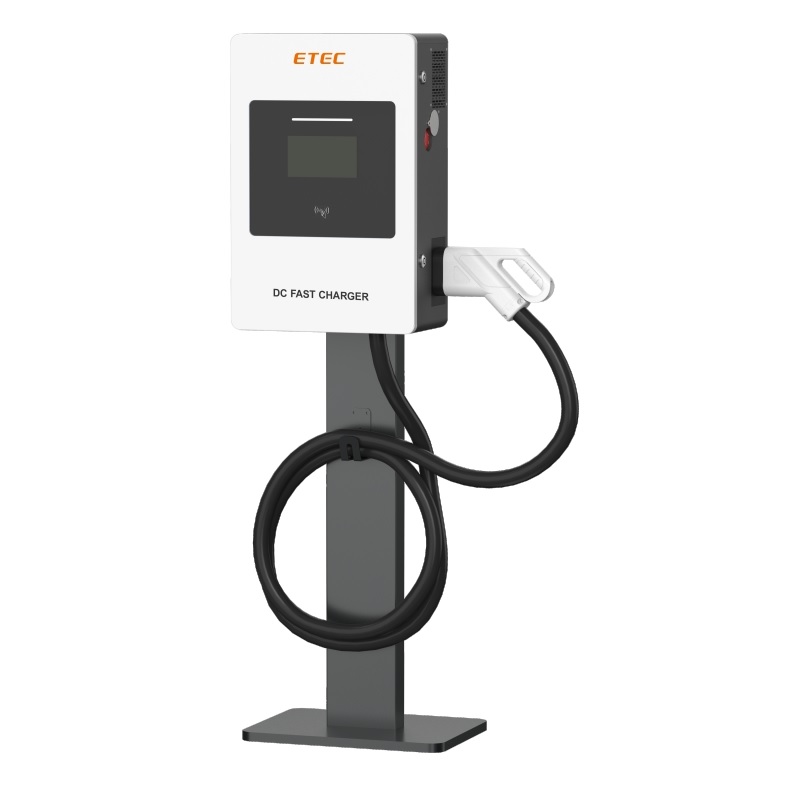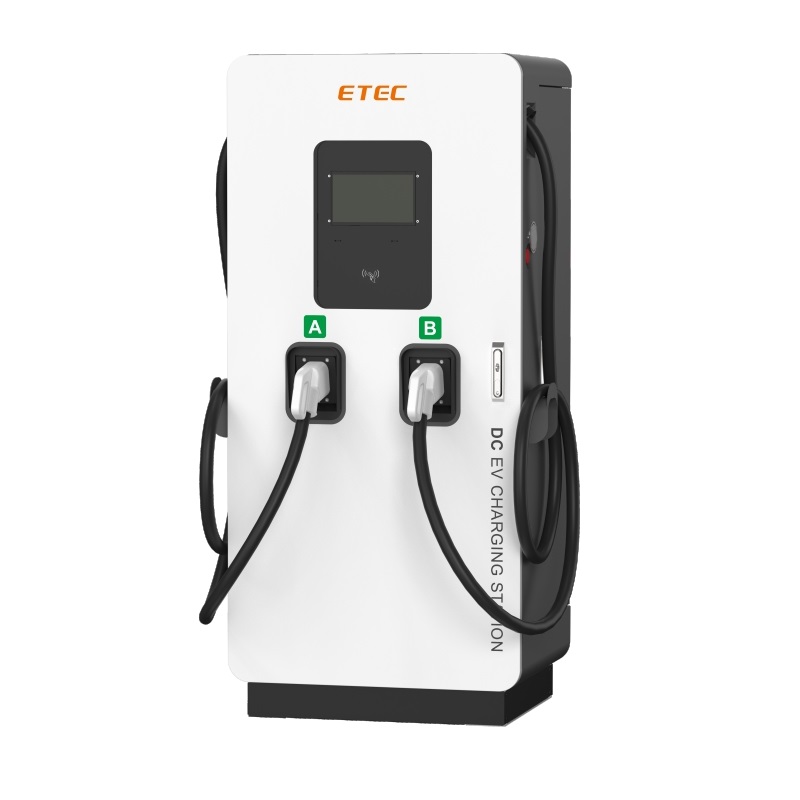Understanding the Benefits and Functions of Residual Current Circuit Breakers
Residual Current Circuit Breakers (RCCBs) significantly enhance electrical safety in homes by monitoring current flow and preventing potential hazards. Their ability to detect leaks and disconnect power swiftly can reduce the risk of electric shocks and electrical fires. Moreover, RCCBs offer protection for sensitive appliances, preventing damage from surges during fault conditions.
What is a Residual Current Circuit Breaker and How Does It Function?
A Residual Current Circuit Breaker (RCCB) is a safety device designed to prevent electric shock and electrical fires. It disconnects the electrical supply whenever it detects a discrepancy in the current between the live and neutral wires, which indicates that some of the current may be leaking towards the ground. When the RCCB senses this imbalance, it acts quickly, typically within milliseconds, to cut off the power supply, thereby reducing the risk of injury or damage.
Understanding how RCCBs function highlights their significance in achieving a safer electrical environment, ultimately contributing to reliable protection for both people and appliances.
Key Benefits of Installing Residual Current Circuit Breakers in Homes
Residual Current Circuit Breakers (RCCBs) offer several advantages when installed in residential settings:
-
Electric Shock Prevention: Detects leakage current and instantly cuts off power.
-
Moisture Area Protection: Essential for kitchens and bathrooms with high accident risks.
-
Appliance Damage Protection: Shields connected devices from fault-induced surges.
-
Equipment Longevity Extension: Prevents abnormal current damage to home appliances.
Ultimately, installing RCCBs empowers homeowners to create a safer living environment by minimizing electrical hazards effectively.
The Role of RCCBs in Preventing Electrical Shocks and Accidents
Residual Current Circuit Breakers (RCCBs) play a vital role in enhancing electrical safety by detecting imbalances in electrical currents. When a fault occurs, such as a short circuit or ground fault, RCCBs quickly cut off the electrical supply, significantly reducing the risk of electric shocks. This swift action prevents potential accidents and injuries that can arise from faulty wiring or defective appliances.
Moreover, RCCBs are designed to operate seamlessly within the electrical system, providing an additional layer of protection for everyone in the household. By monitoring the flow of electricity, they can identify dangerous situations before they escalate. Their ability to react within milliseconds is essential for safeguarding lives and maintaining a safe living environment.
How Residual Current Circuit Breakers Protect Your Appliances
Residual Current Circuit Breakers (RCCBs) play an important role in safeguarding electrical appliances from damage. They monitor the flow of electricity through a circuit and detect any imbalance between the live and neutral wires.
When an imbalance occurs, which may happen due to a leakage current or fault, the RCCB quickly disconnects the circuit. This rapid response prevents sustained electrical flow, which could lead to overheating or electrical fires.
Additionally, by cutting off the electricity supply in case of faults, RCCBs help shield sensitive electronics like computers and televisions from voltage surges that can cause irreversible damage.
Their presence in modern electrical systems ensures that appliances operate safely and efficiently, contributing to overall household safety.
Understanding the Importance of RCCBs in Modern Electrical Safety
Residual Current Circuit Breakers (RCCBs) are designed to quickly disconnect power when a fault, such as leakage current, is detected. In this way, RCCBs help prevent serious electric shock accidents caused by line faults or electrical malfunctions.
Furthermore, they are instrumental in reducing the risk of electrical fires, which can arise from overloads or short circuits. In homes equipped with multiple electrical devices, RCCBs contribute to overall safety by ensuring that any irregularities are promptly addressed.
Thus, their presence is vital for maintaining a secure living environment in today's electrically dependent society.
Common Misconceptions About Residual Current Circuit Breakers Explained
Many people have misunderstandings about the function and effectiveness of Residual Current Circuit Breakers (RCCBs). One common myth is that these devices provide complete protection from electrical shocks. While RCCBs significantly reduce the risk of electric shock by detecting imbalances in electrical currents, they do not eliminate all hazards, especially when it comes to faulty wiring or appliances.
Another misconception is that RCCBs are the same as traditional circuit breakers. However, despite both playing roles in electrical safety, RCCBs differ by focusing specifically on detecting leakage currents, making them essential for preventing electrocution.
Additionally, some believe that RCCBs are only beneficial for certain high-risk environments. In truth, they are advantageous for any household, as they enhance safety for everyone.
Understanding these points helps clarify the vital role RCCBs play in modern electrical systems and promotes their appropriate usage.
How to choose the right Residual Current Circuit Breakers for you
Selecting the appropriate Residual Current Circuit Breaker (RCCB) involves understanding your specific needs and the environment where it will be installed.
The following are the selection criteria for Residual Current Circuit Breakers:
-
Load Capacity Rating: Match breaker amperage to total circuit demand.
-
Sensitivity Classification: Use 30mA for personal protection; 100mA+ for equipment protection.
-
Risk-Based Sensitivity: Prioritize lower ratings in wet or high-risk areas.
-
System Configuration: Select single-phase or three-phase models according to installation requirements.
-
Regulatory Compliance: Verify alignment with local electrical codes and professional guidance.
Understanding these factors will help ensure you select an RCCB that offers effective protection while meeting safety standards in your home or business.
Conclusion
Incorporating Residual Current Circuit Breakers (RCCBs) into electrical systems is a proactive approach to enhancing safety and protecting lives and property. As households increasingly rely on numerous electrical devices, the importance of RCCBs continues to grow. Understanding these devices and their operational principles provides homeowners with the knowledge necessary to make informed decisions about their electrical safety, ensuring a secure and reliable living environment for everyone.
Act now!
Contact our customer service team for free shopping guides and the latest product catalogs!

























